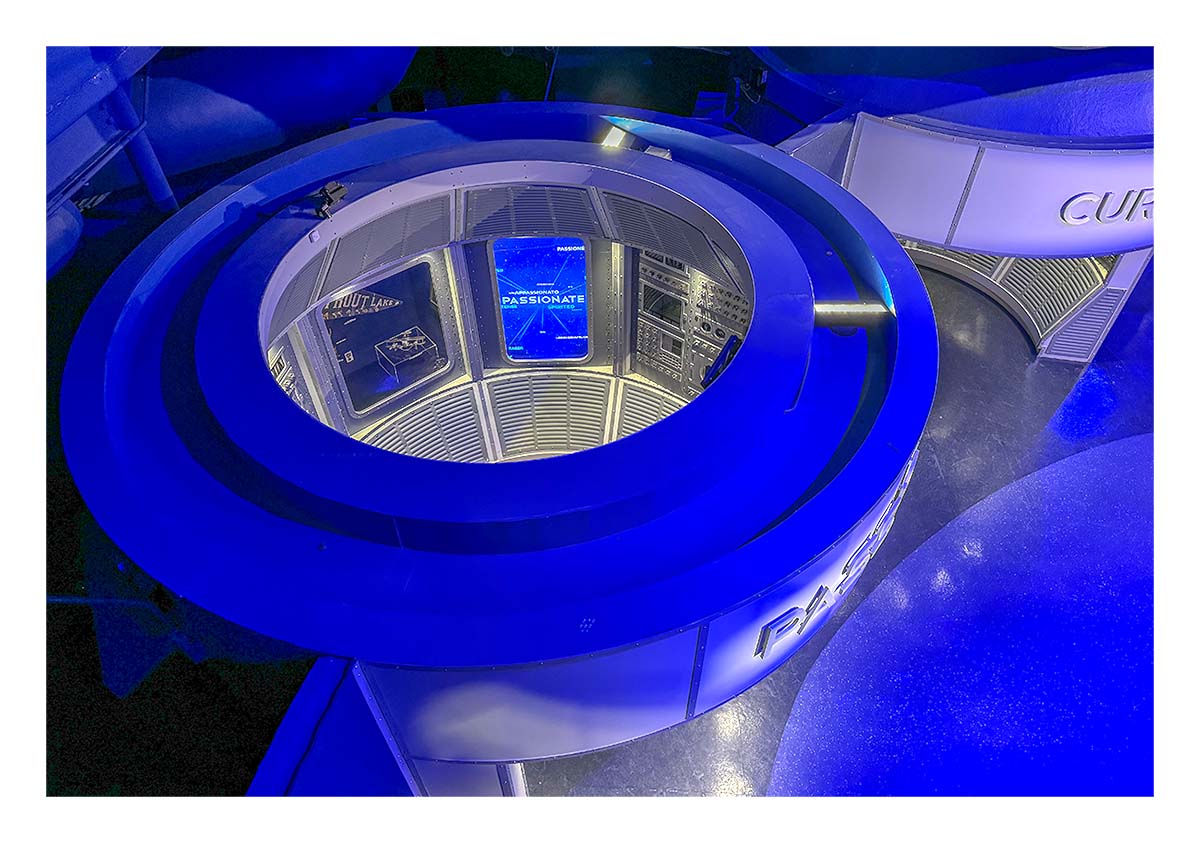
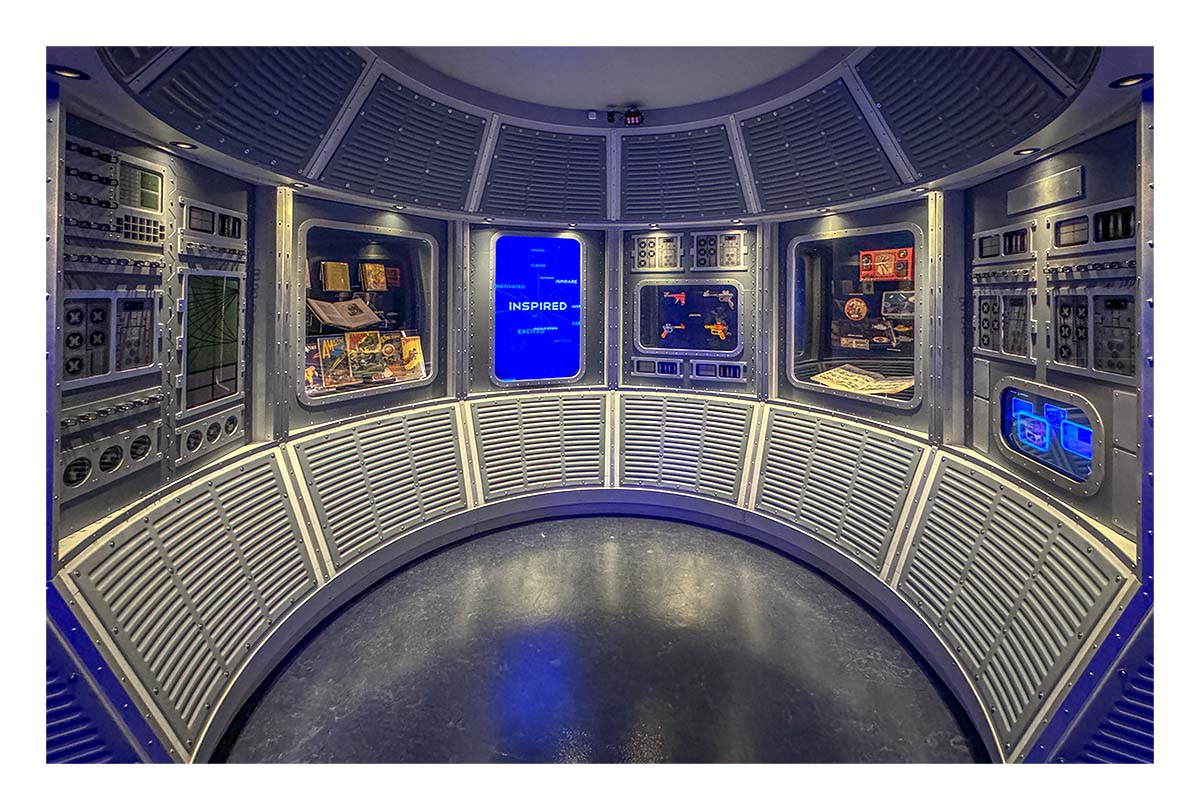
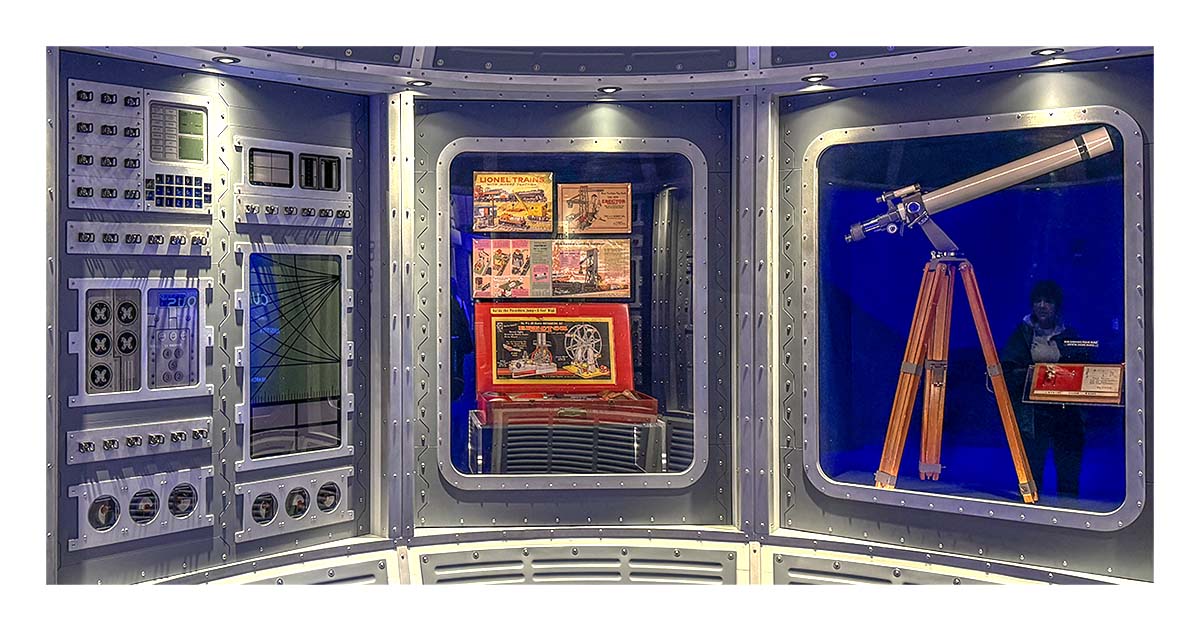
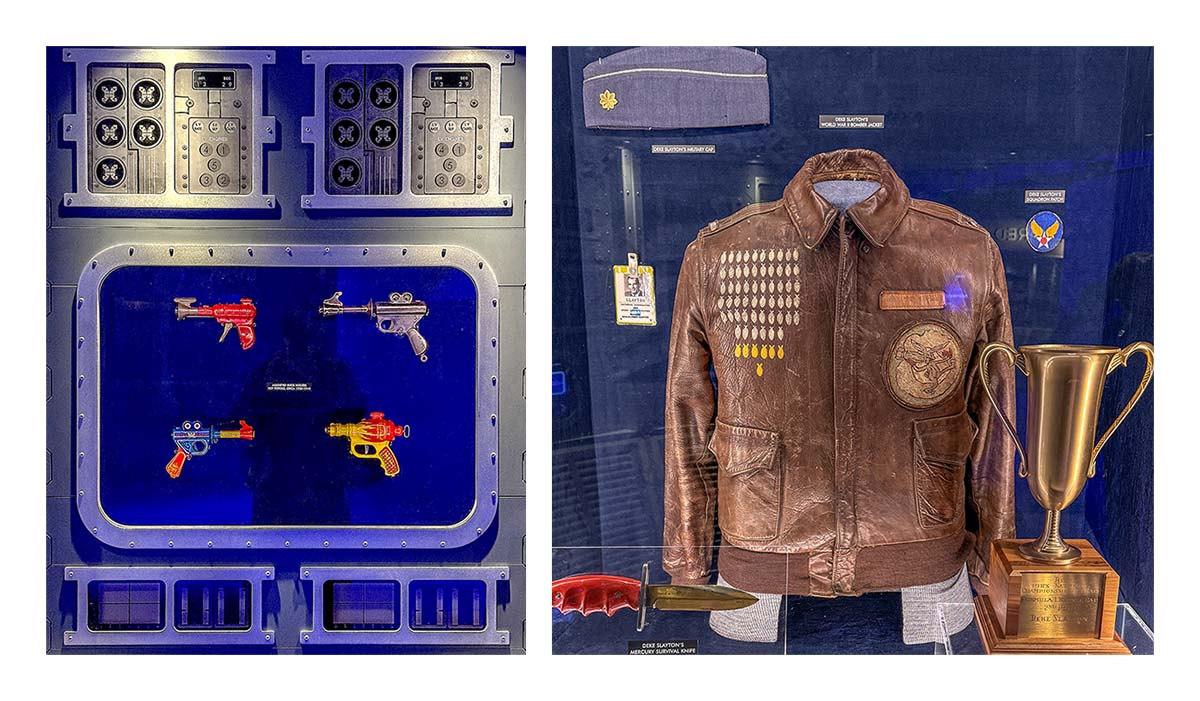
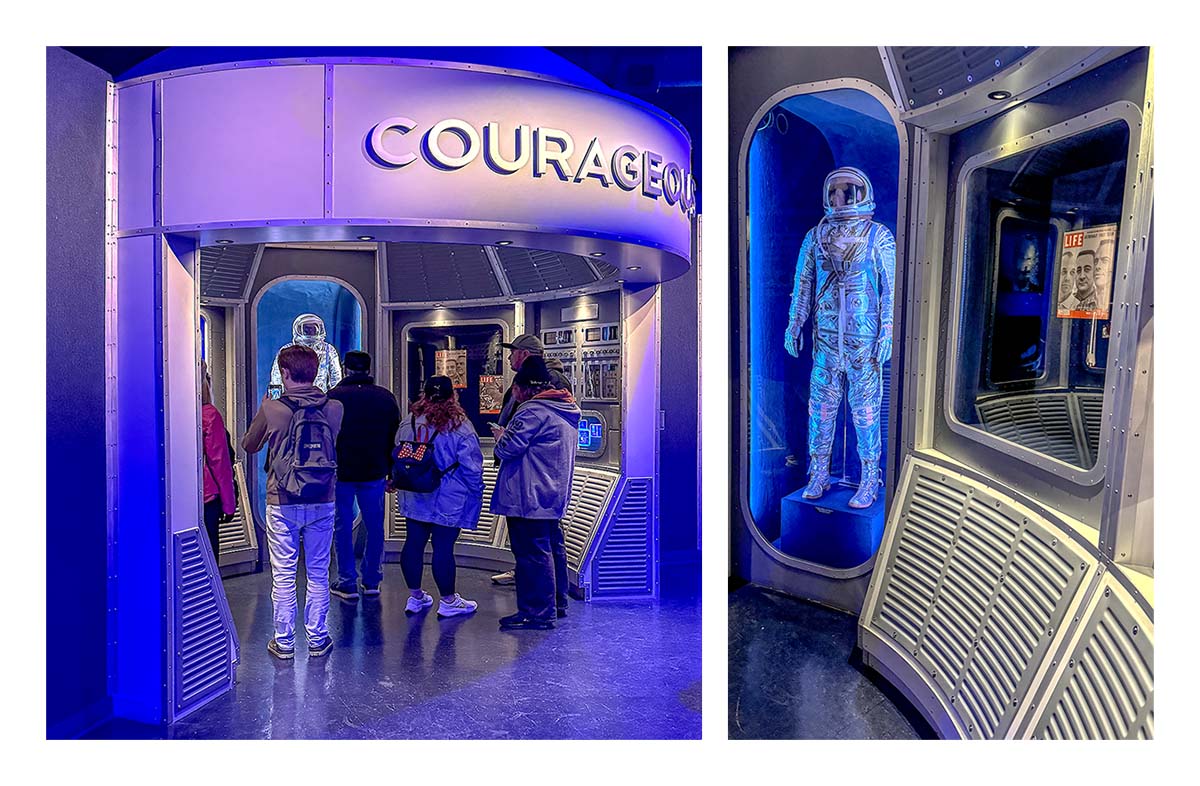
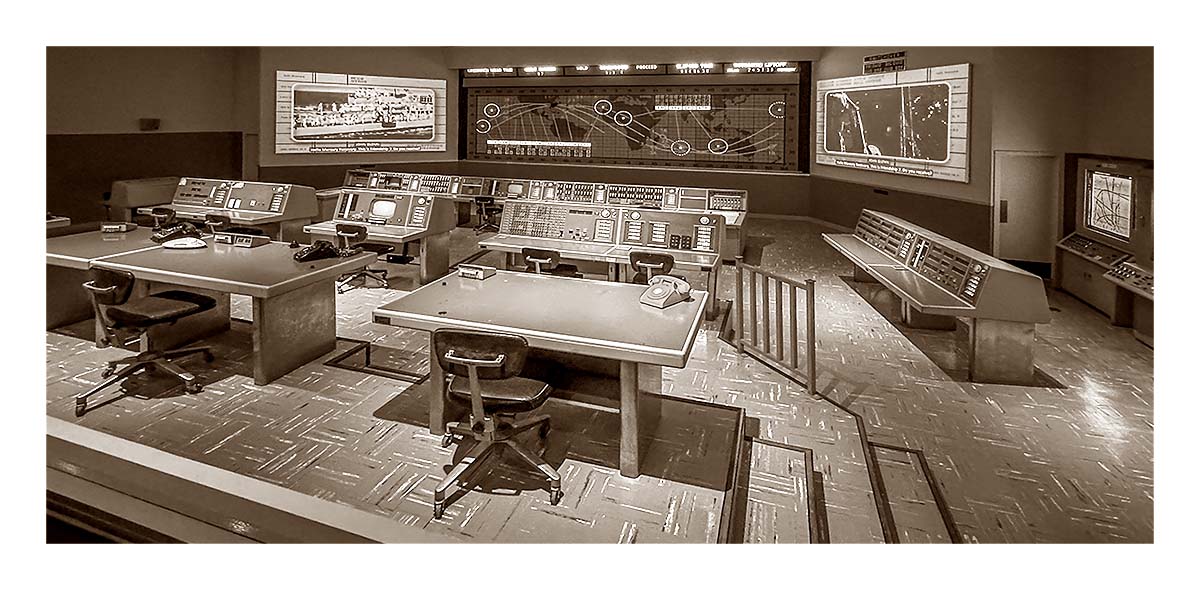
Mercury Friendship 7 Mission Control Center - February 20, 1962.

The birth of American manned space travel began on May 5, 1961 with the Mercury program and Alan Shepard's Freedom 7 spacecraft, continued with the Gemini program, and culminated with the final flight of the Apollo program (Apollo 17) and man's final walk on the moon (Eugene Cernan and Harrison Schmitt) on Decenber 19, 1972. Apollo 17 was launched December 17, 1972.
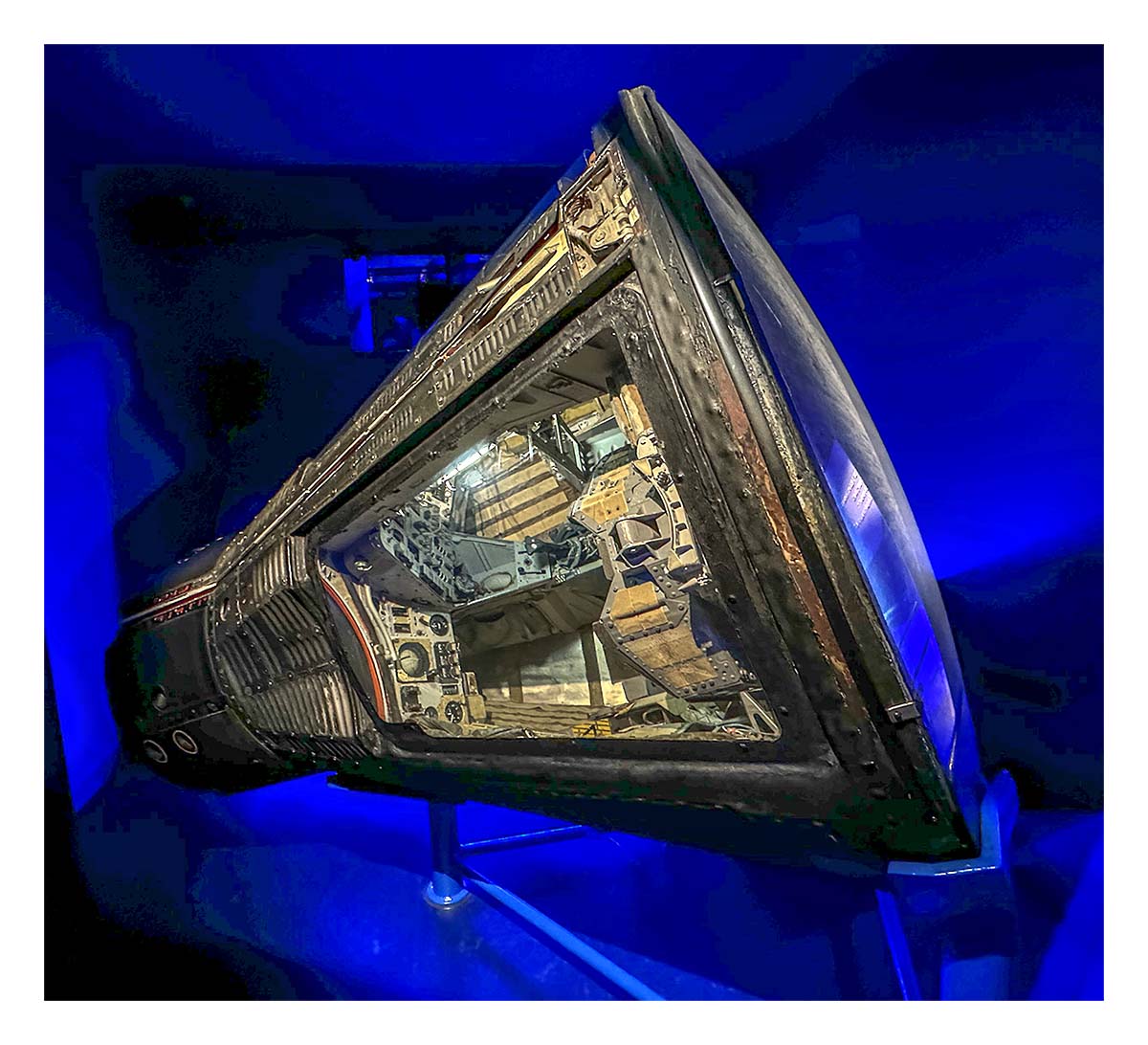
Gemini 9A was the seventh crewed Earth-orbiting spacecraft of the Gemini series. The goals included docking with a target vehicle and conducting a two-hour spacewalk
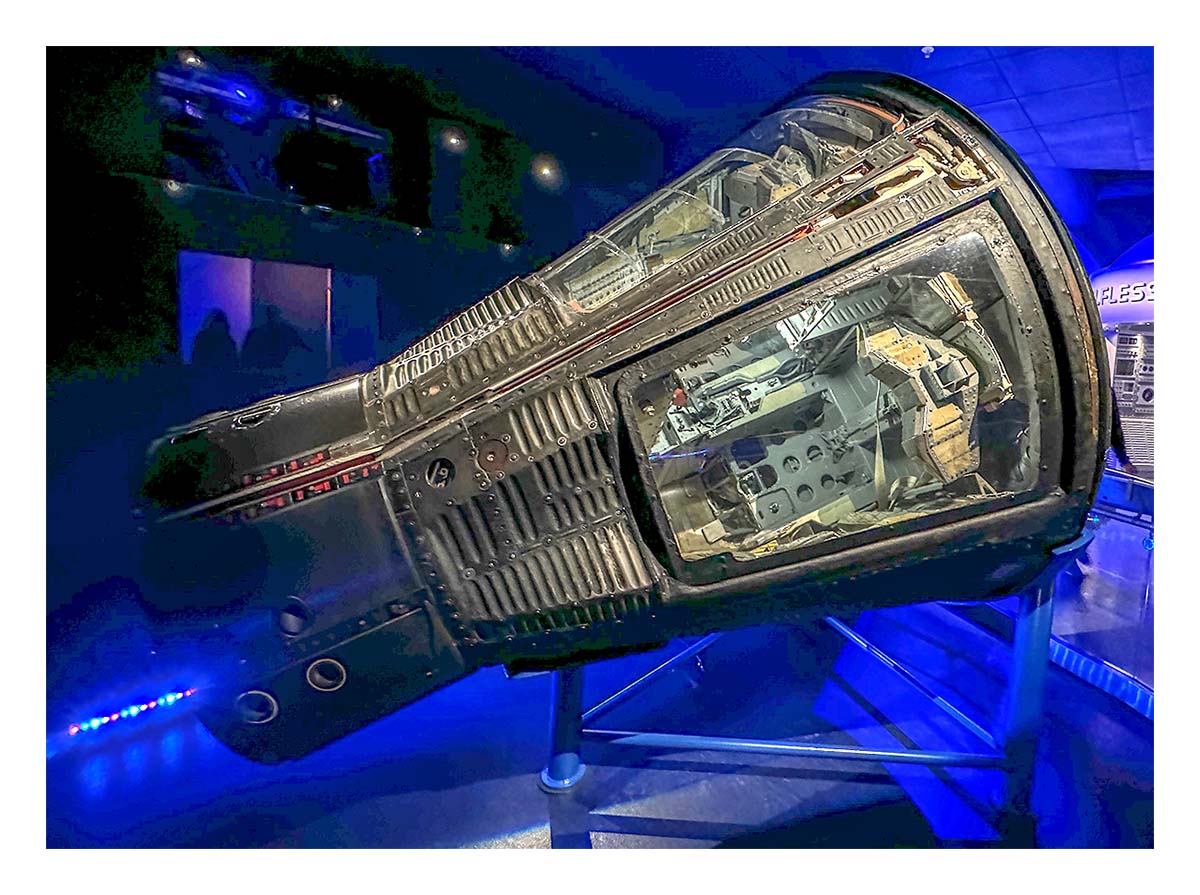
Launched June 3, 1966, Thomas P. Stafford (Command Pilot) and Eugene A. Cernan (Pilot) orbited the earth 44 times in a little over three days.
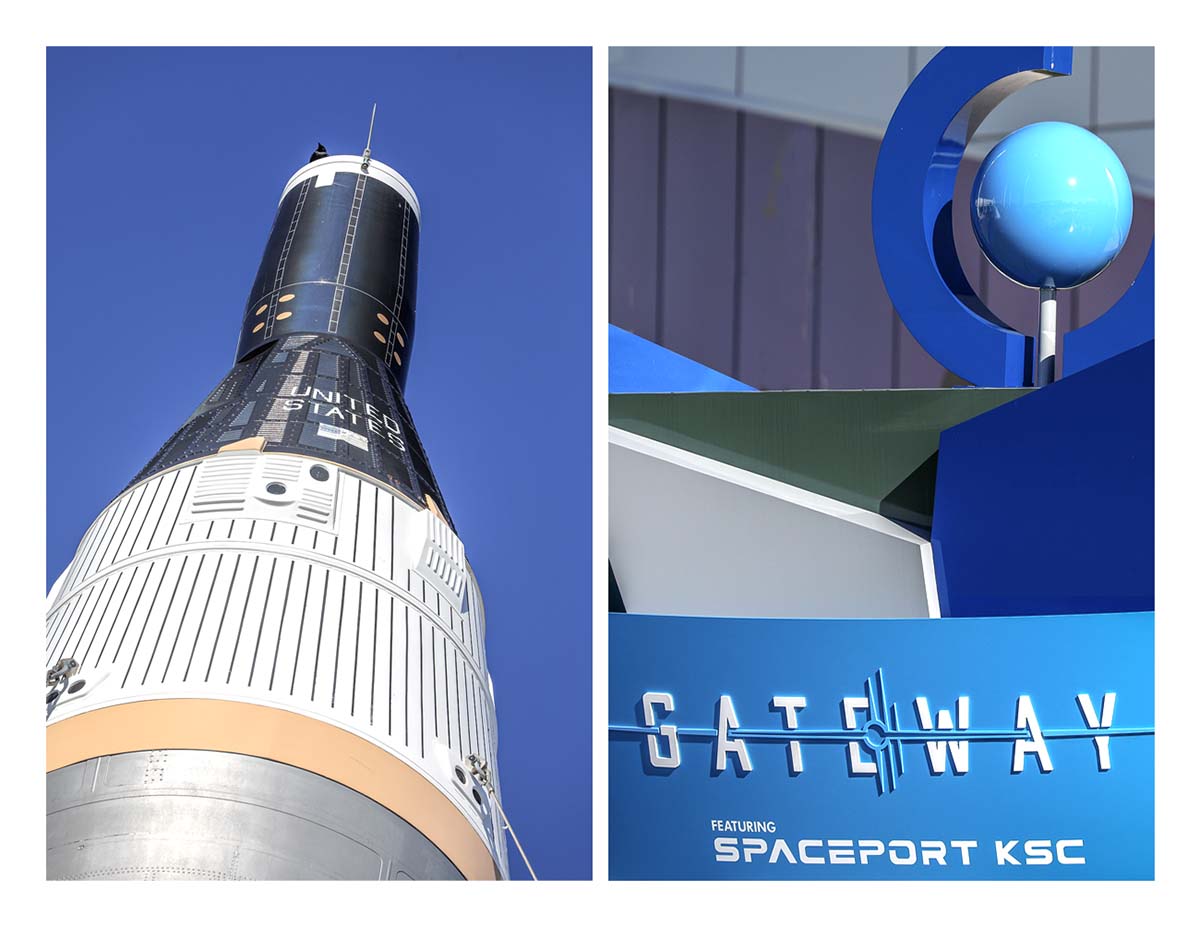
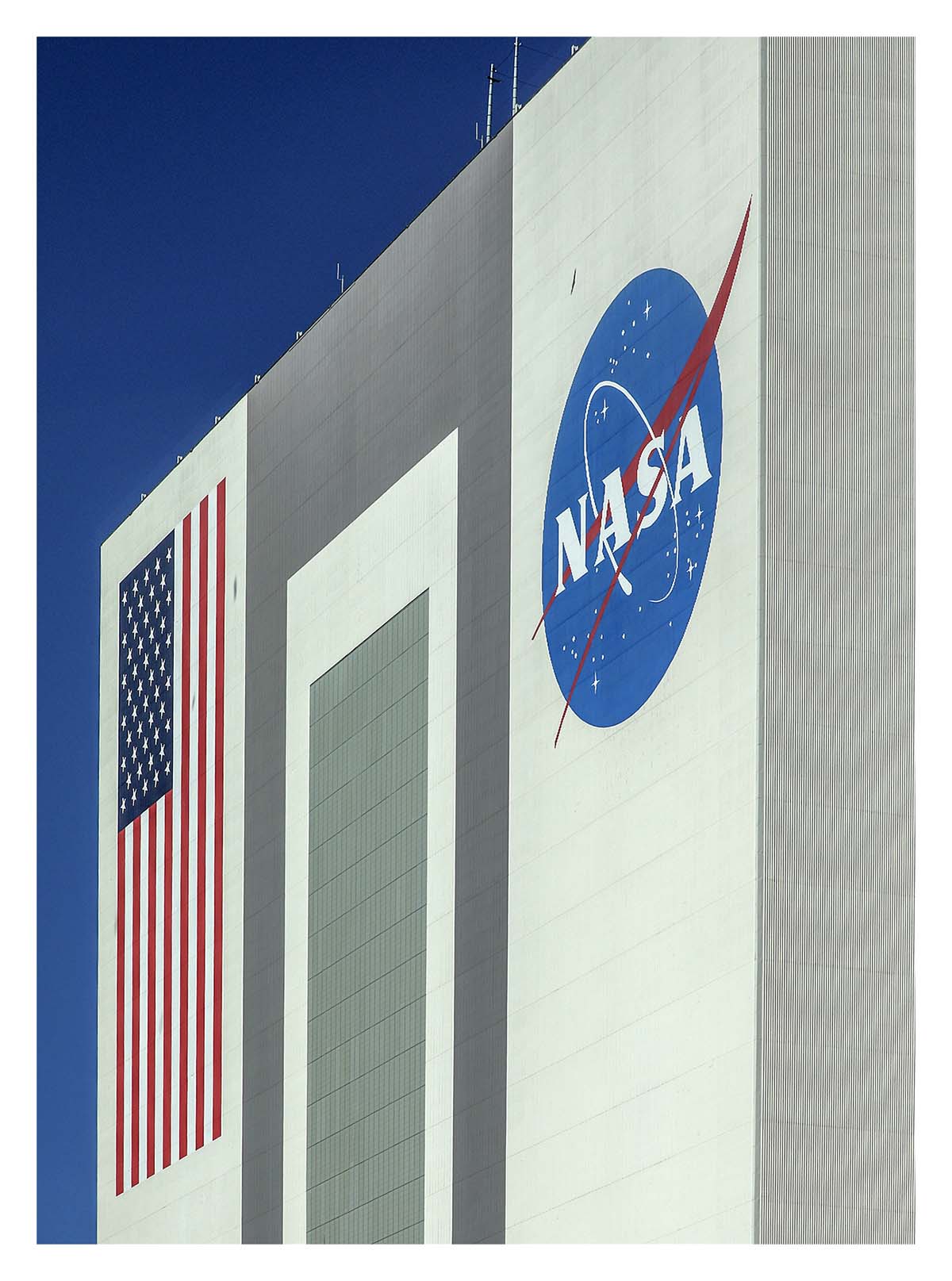
The flag seen on the Vehicle Assembly Building (VAB) is 209 feet high and 110 feet wide. Each star is six feet across while each stripe is nine feet wide. The blue area is the size of an NBA regulation basketball court.
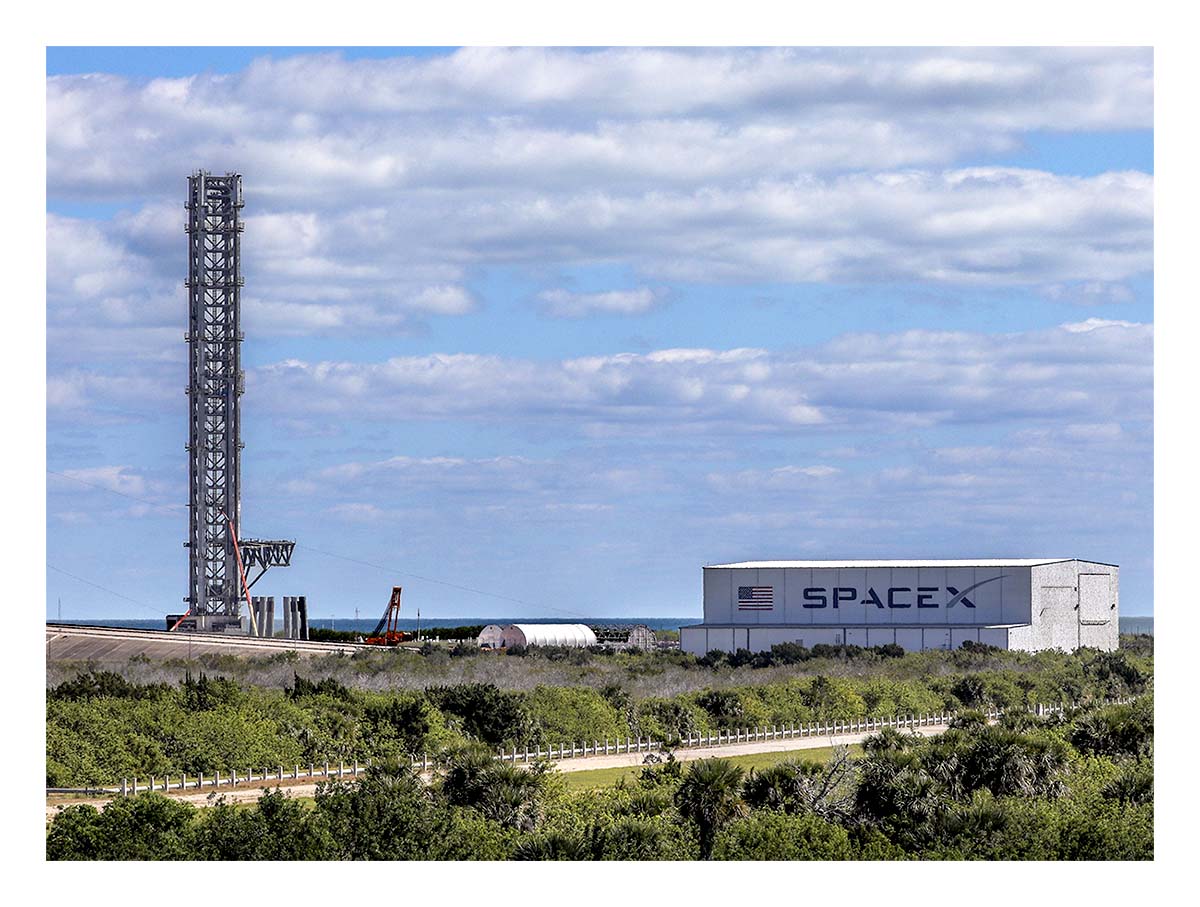
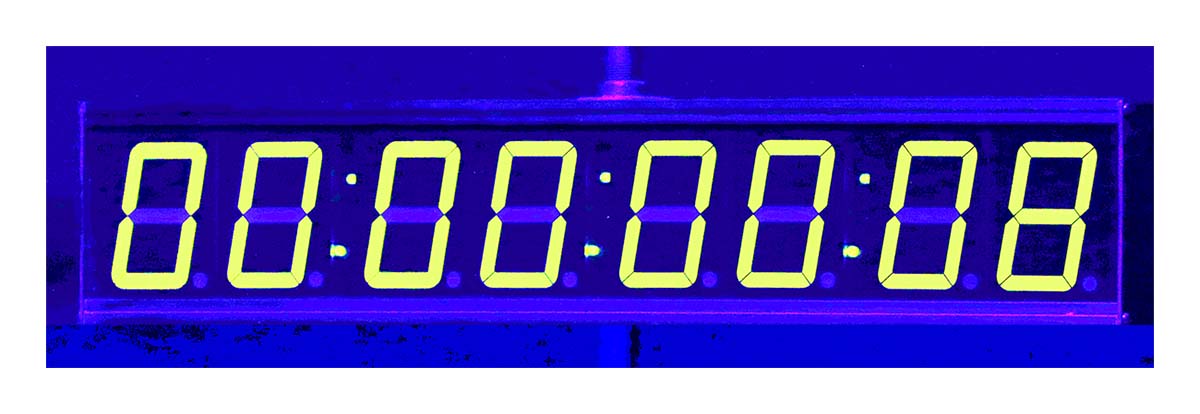
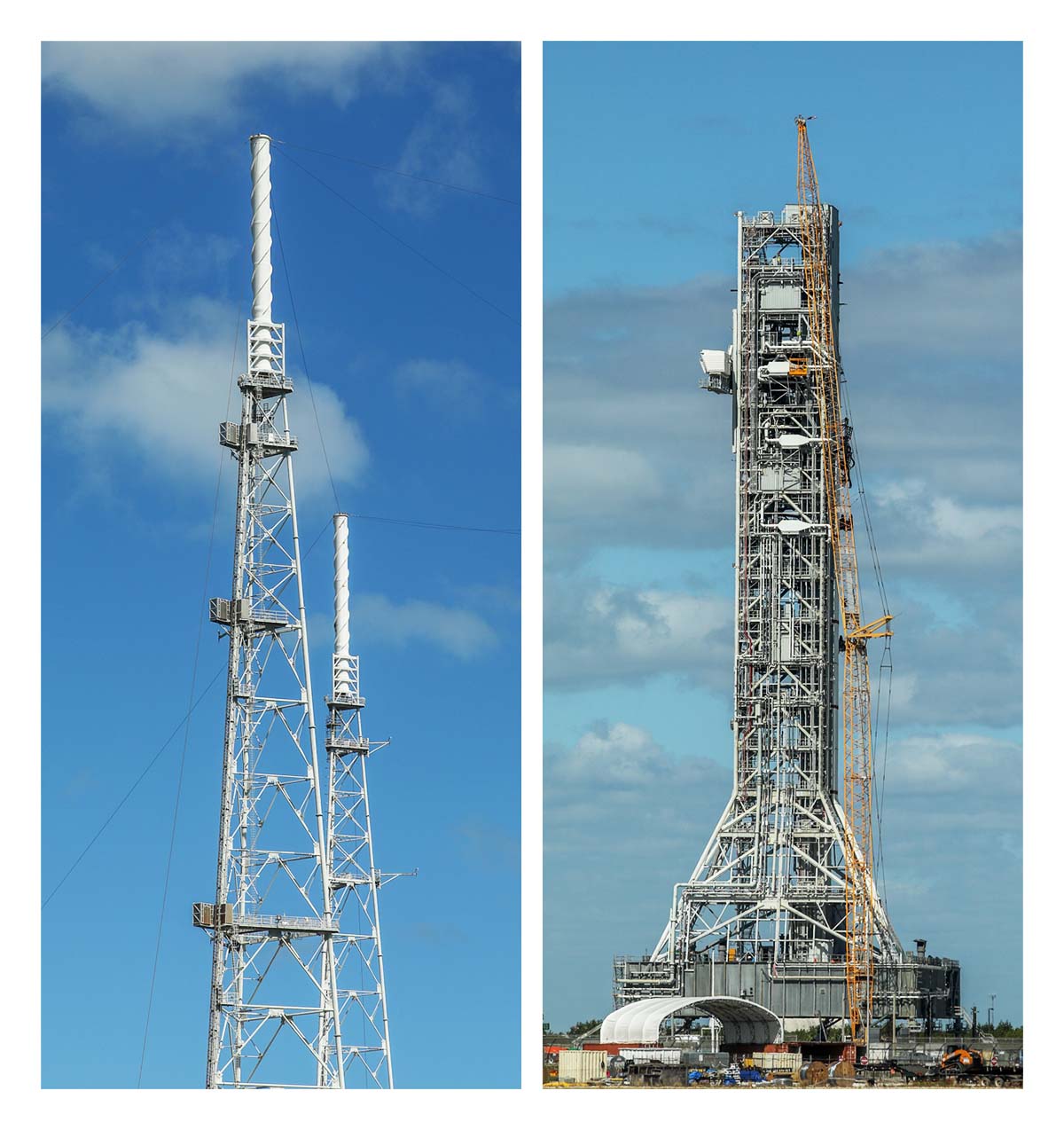
At nearly 600 feet, Lighting Towers designed to protect spacecraft are seen in the left image, while Launch Pad 39B is seen on the right. SpaceX launched Artemis I from this pad.
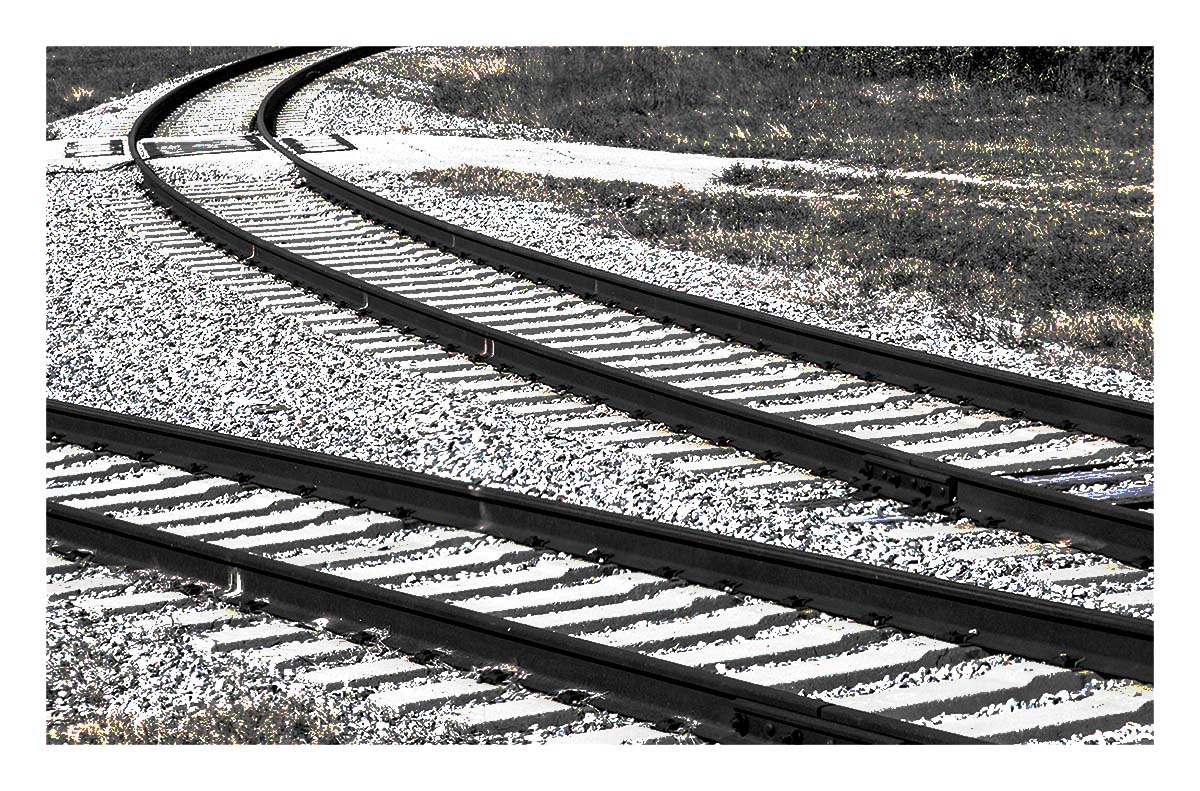
Just a few feet of the 38-mile industrial short-lne of the NASA Railroad.
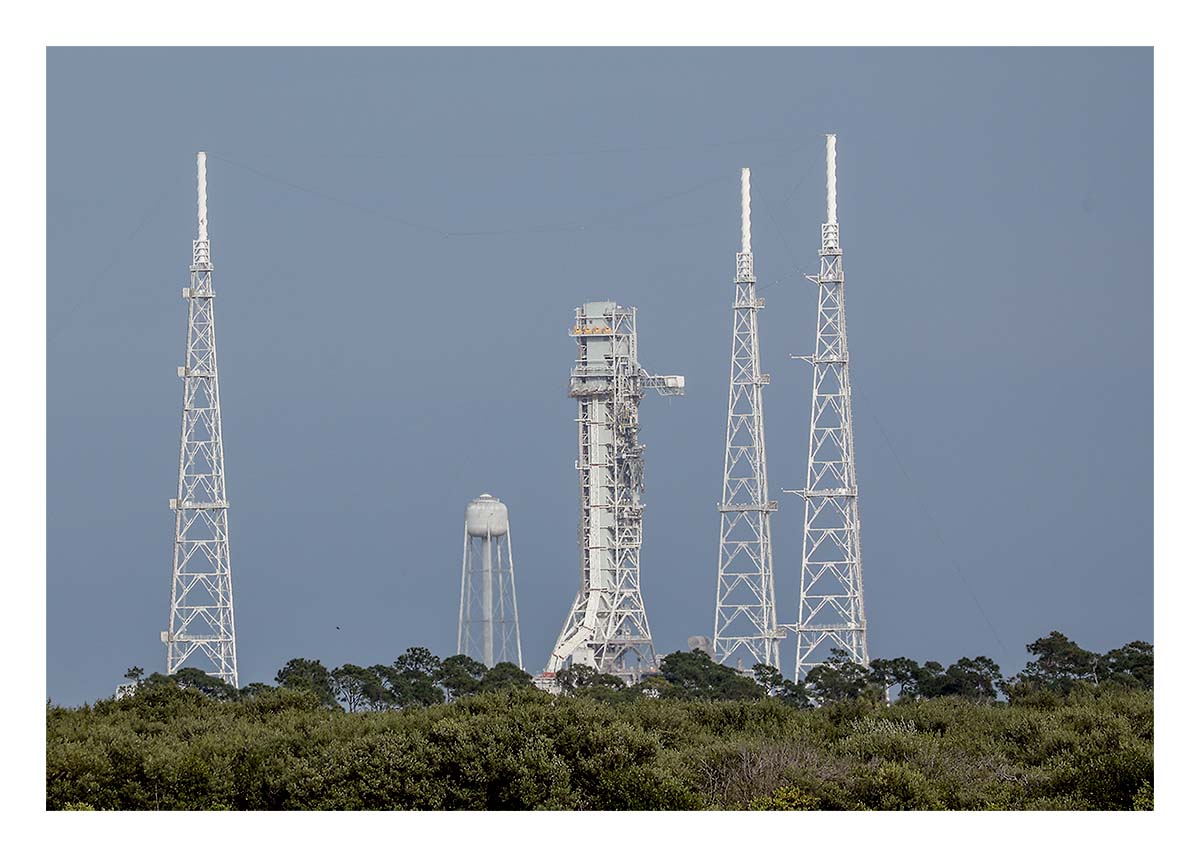
Launch Pad 39B
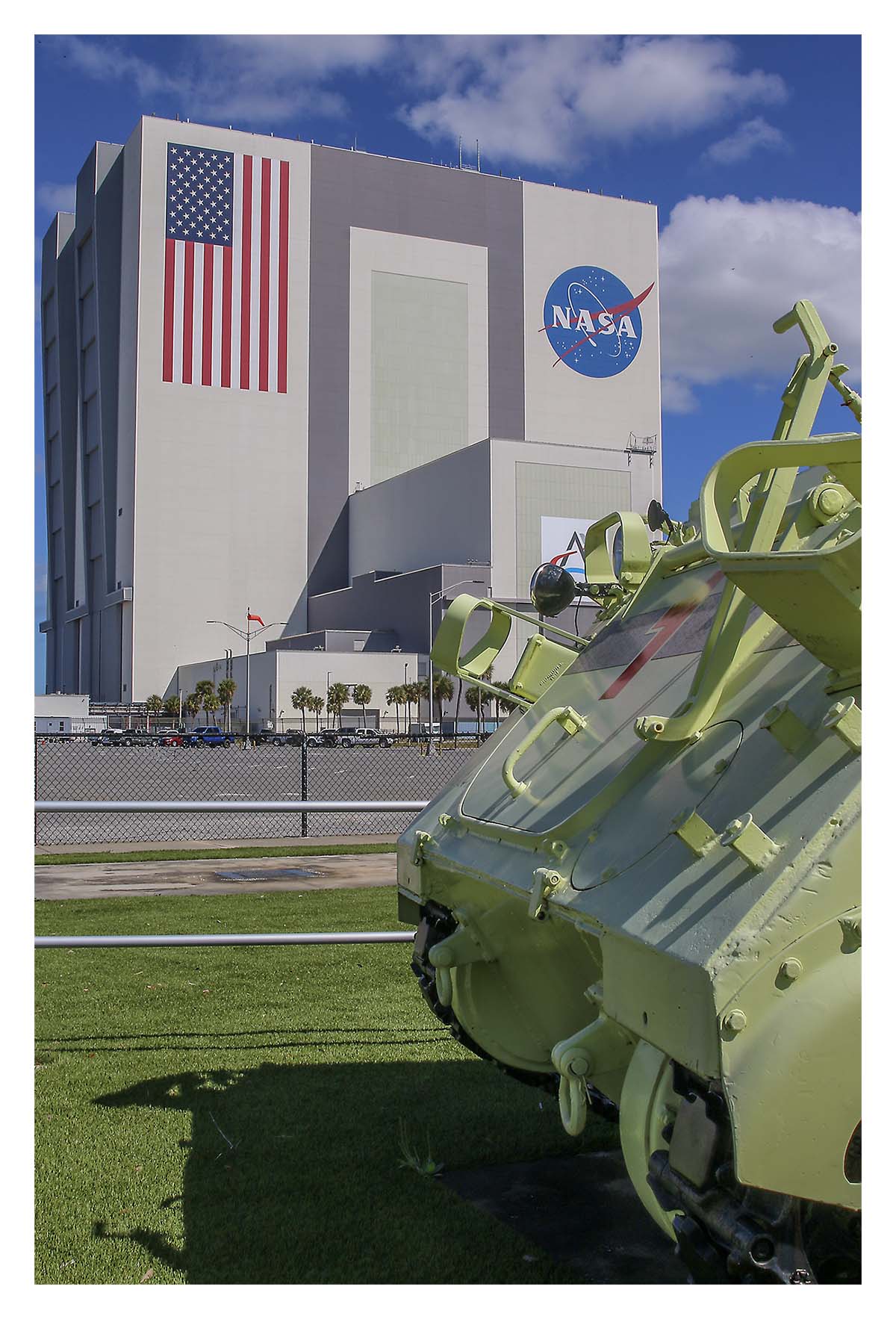
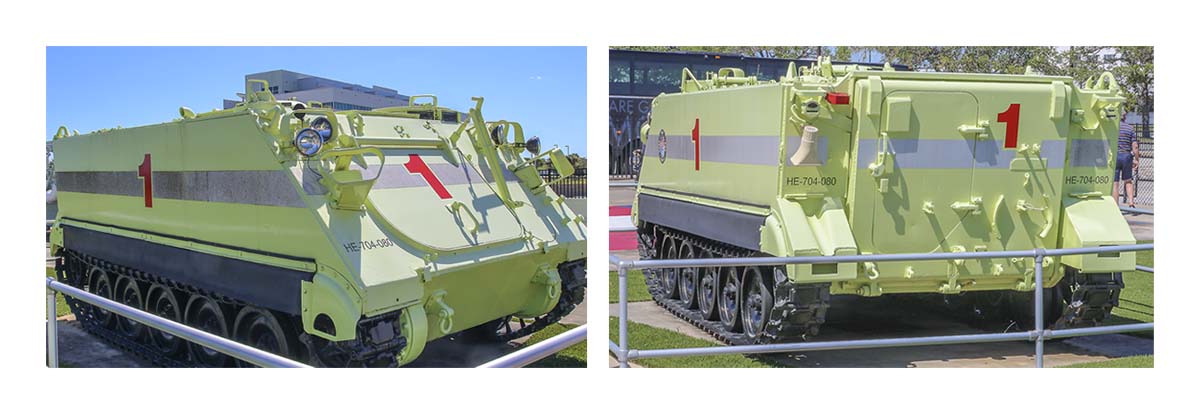
Just one of the modified M113A2 Firefighting Vehicles designed to provide viable transportation to rescue personnel and firefighters should they need to approach the pad during a launch emergency.
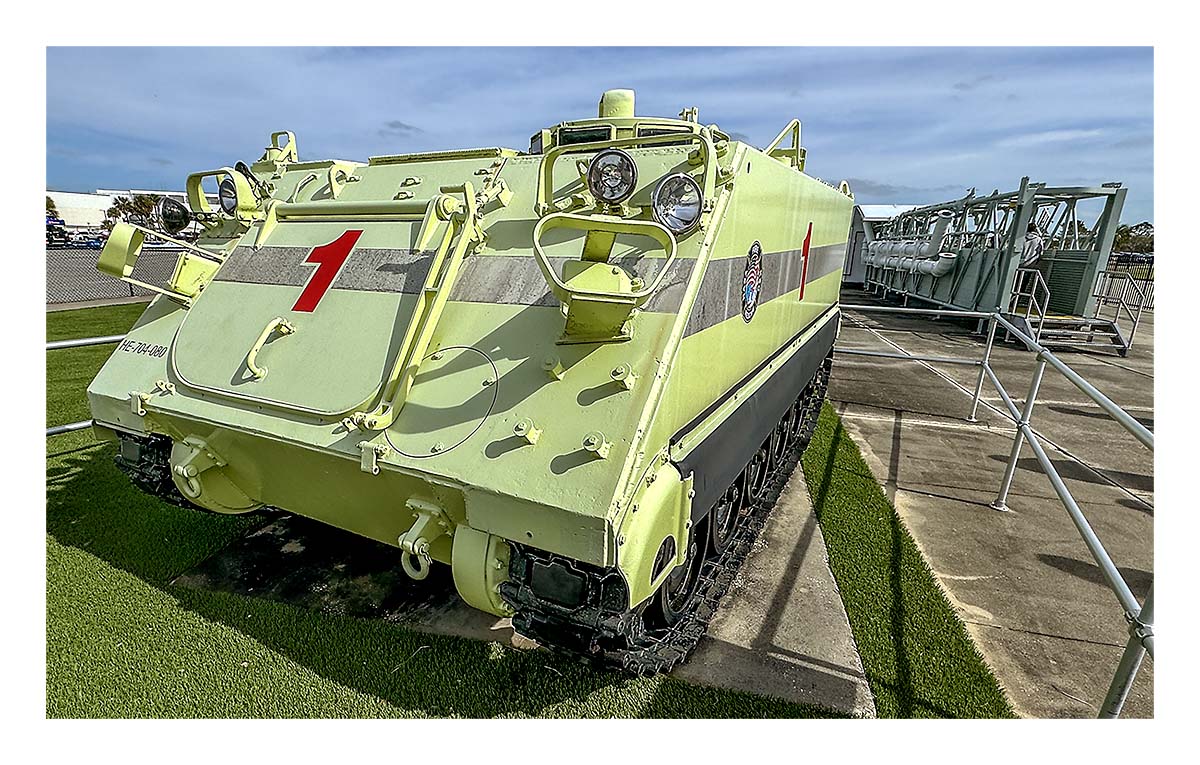
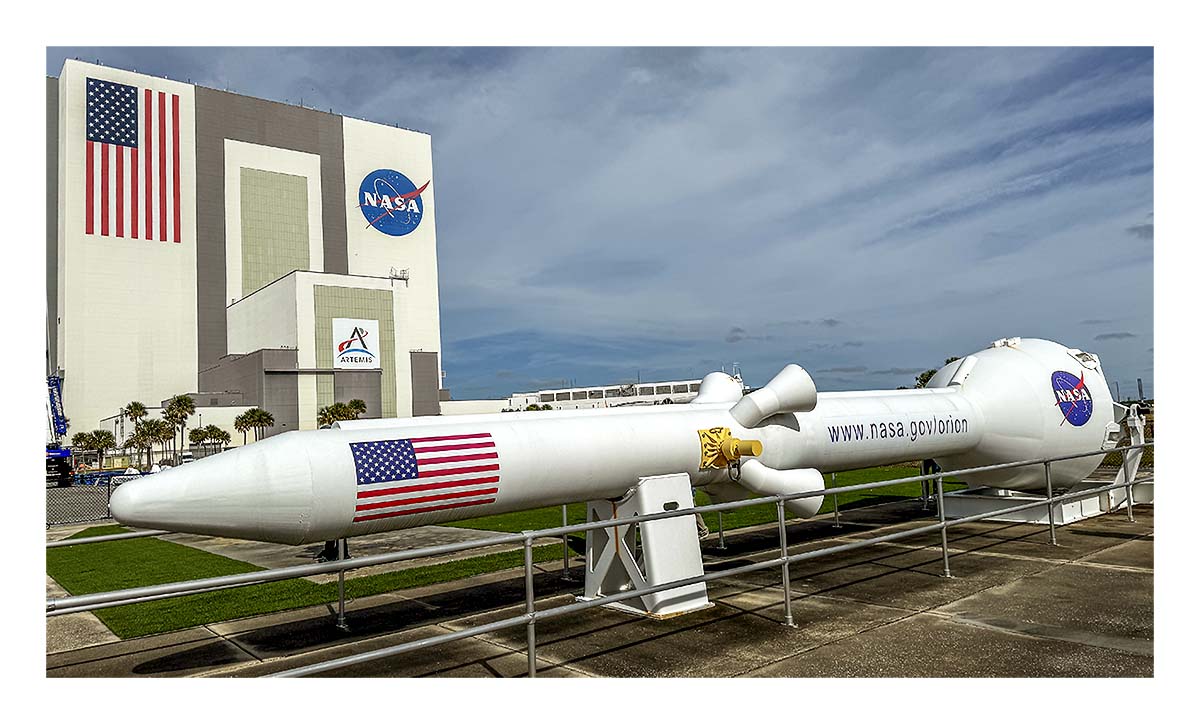
Orion Rocket Nose Cone.
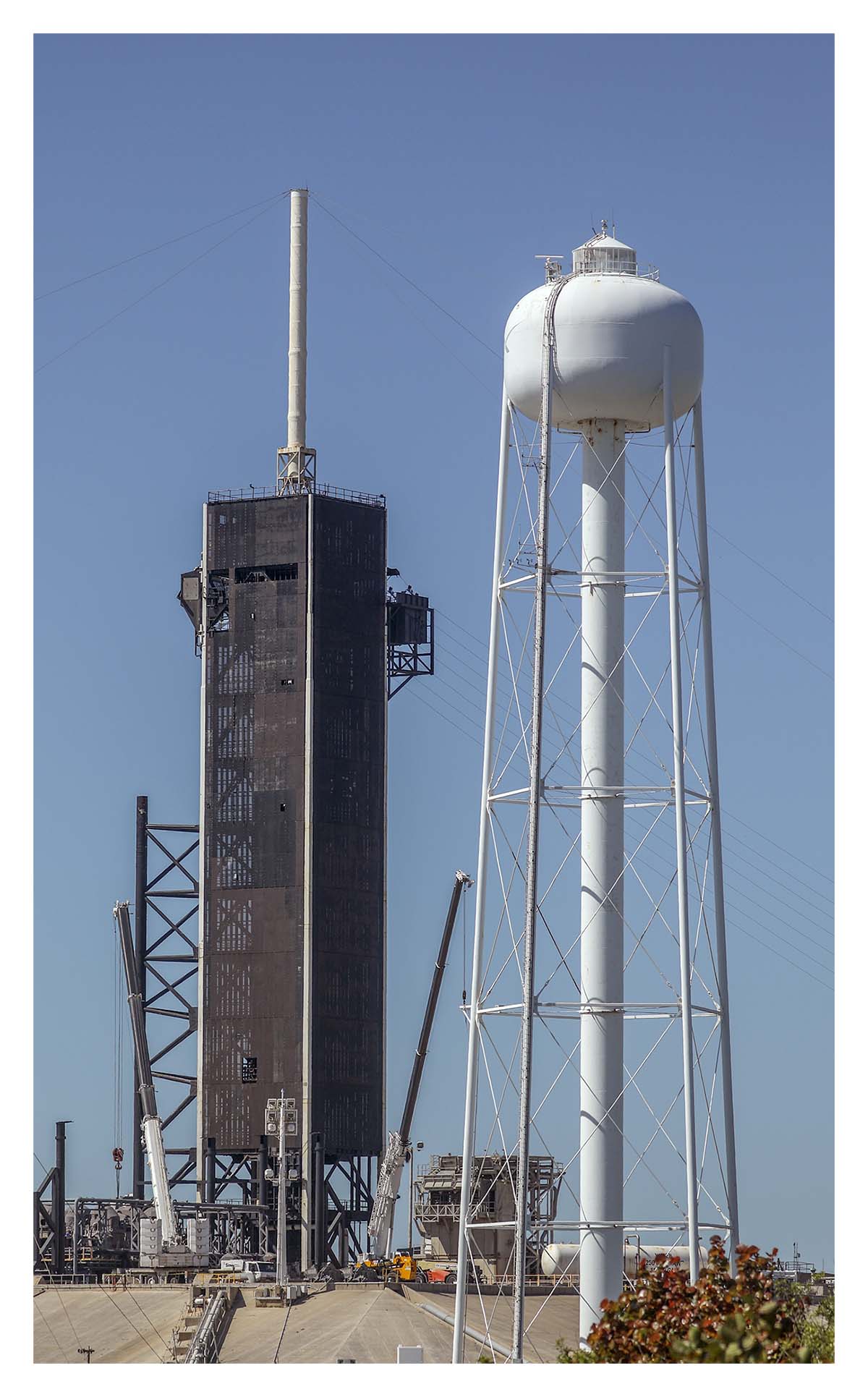
Launch Pad 39A.
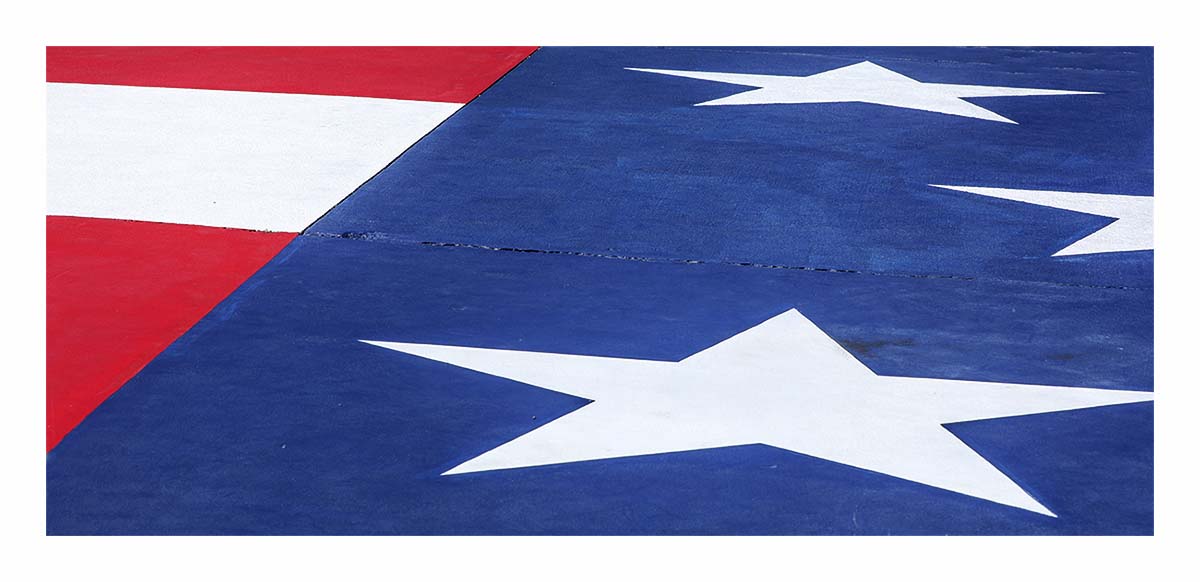
Painted on the ground is the American Flag in the same dimensions as the one found on the Vehicle Assembly Building (VAB).
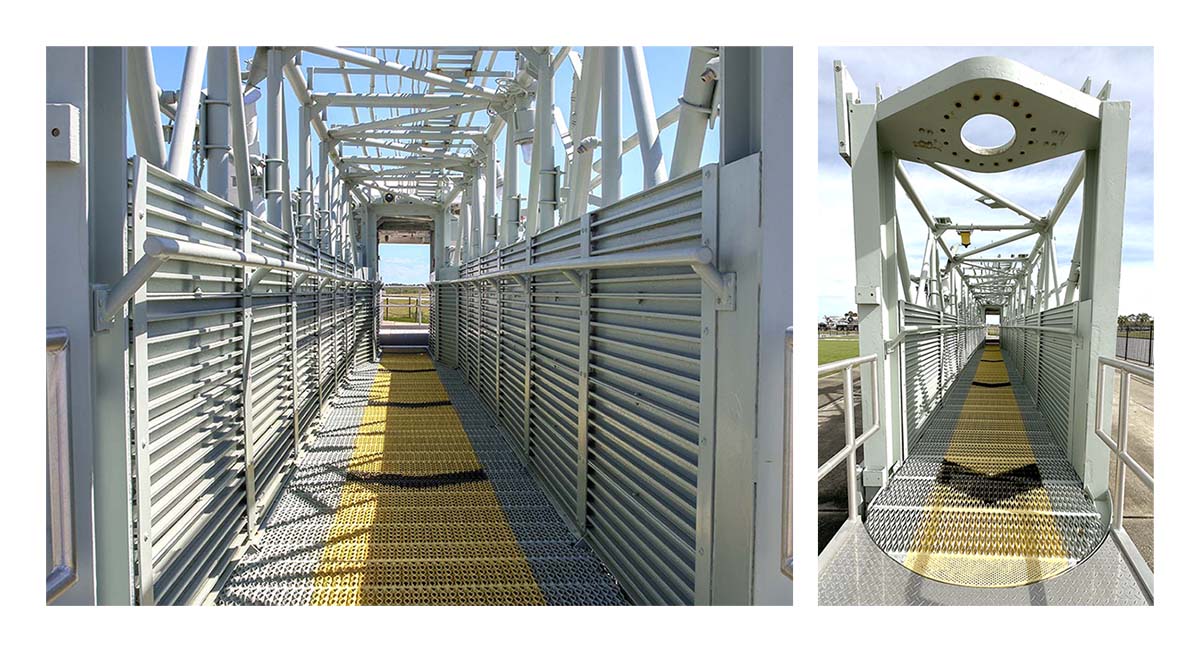
The actual Orbiter Access Control Arm: Used on Launch Pad 39A by 82 Space Shuttle Astronauts. Located 147 feet above the pad surface, it allowed personnel to enter the space shuttle, and served as an emergency escape route for the crew as well. The arm stayed in place until seven minutes, 24 seconds before launch.